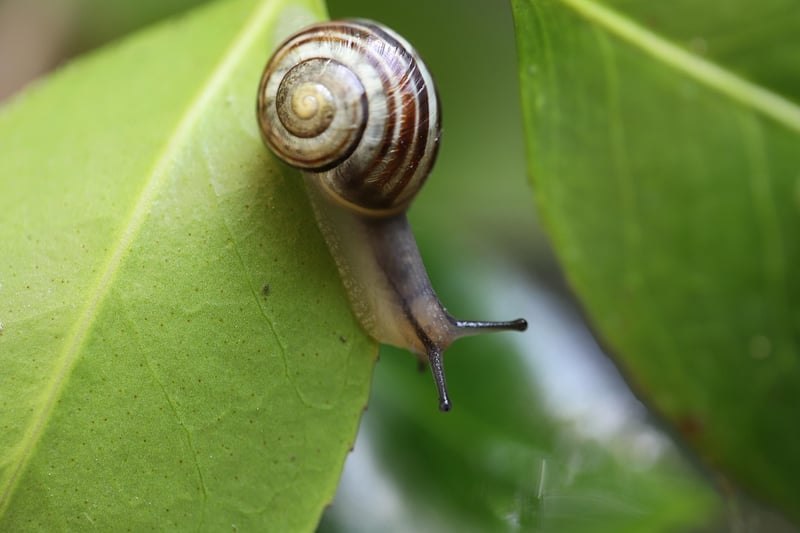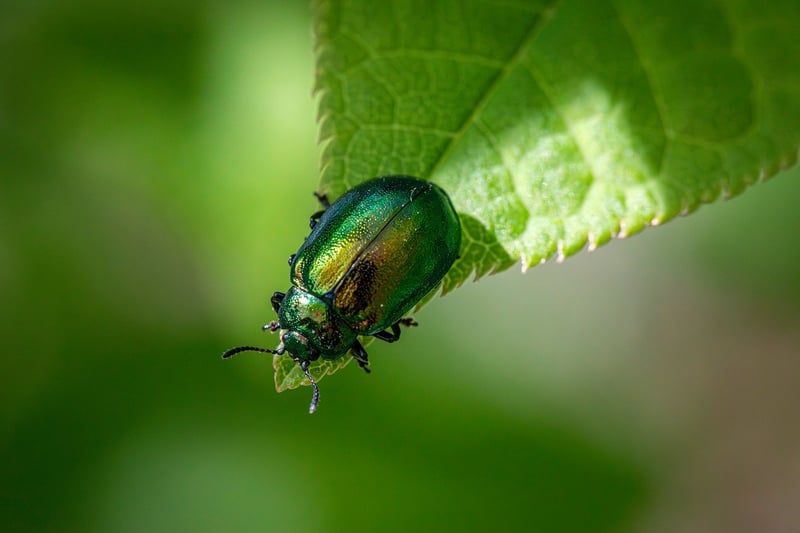Common Pests
Protecting Your Plants from Common Pests
Keeping your plants healthy and thriving involves more than just watering and sunlight. One of the essential aspects of plant care is protecting them from common pests that can damage or even kill your beloved greenery. Understanding these pests and how to deal with them is crucial for maintaining a vibrant garden or indoor plant collection.
Identifying Common Pests
There are several types of pests that commonly plague plants, both indoors and outdoors. Some of the most common ones include:
- Aphids: Small, pear-shaped insects that suck sap from plants, causing wilting and yellowing.
- Spider Mites: Tiny pests that create fine webbing on plants and suck the juices from leaves.
- Mealybugs: Small, white, fluffy insects that feed on plant sap and excrete a sticky substance that attracts mold.
- Whiteflies: Small, moth-like insects that feed on plant sap and can quickly multiply, causing severe damage.
- Slugs and Snails: These pests feed on leaves, stems, and roots, leaving large holes and slime trails behind.
Preventing and Managing Pest Infestations
Prevention is key when it comes to dealing with pests. Here are some tips to help prevent infestations:
- Regularly inspect your plants for any signs of pests.
- Keep your plants healthy and well-watered to help them withstand pest attacks.
- Avoid over-fertilizing, as this can attract pests.
- Isolate new plants before introducing them to your existing collection to prevent spreading potential infestations.
- Clean up garden debris and fallen leaves regularly to remove hiding spots for pests.
If you do notice signs of a pest infestation, there are several methods you can use to manage the situation:
- Prune affected plant parts to remove pests and eggs.
- Use insecticidal soap or neem oil to control pests naturally.
- Introduce beneficial insects like ladybugs or lacewings to prey on harmful pests.
- Consider using physical barriers like row covers to protect plants from pests.
- Rotate crops in your garden to disrupt pest life cycles.
Conclusion
By being proactive and vigilant in your plant care routine, you can effectively protect your plants from common pests and ensure they remain healthy and beautiful. Remember to regularly inspect your plants, practice good gardening habits, and intervene promptly if you notice any signs of pest infestation. With the right approach, you can keep your green friends safe and thriving for years to come.



